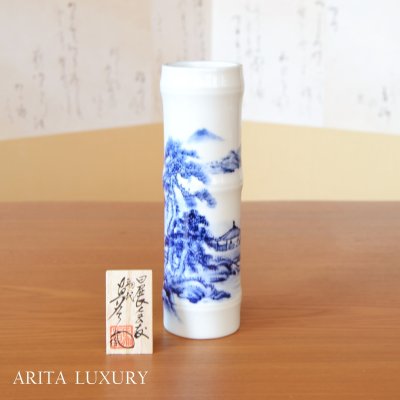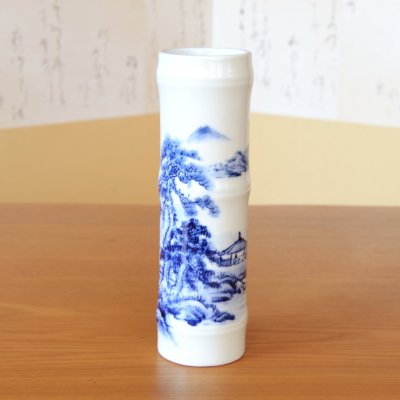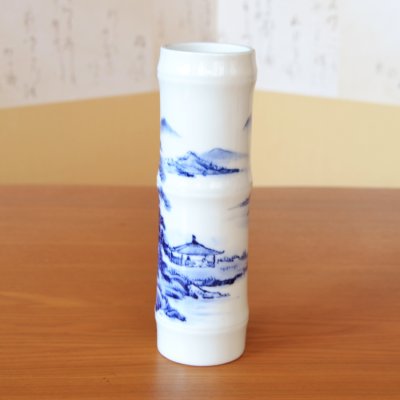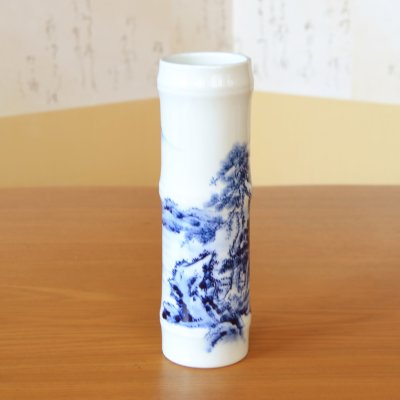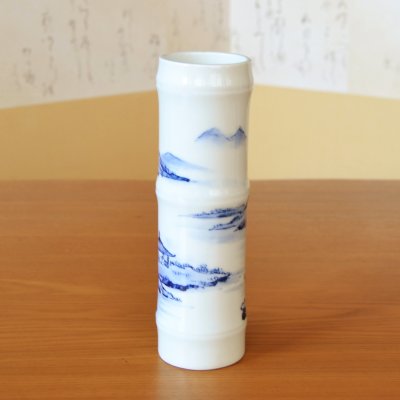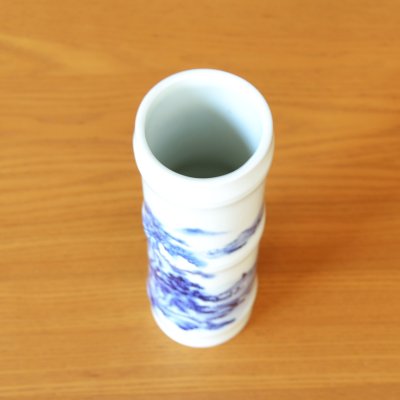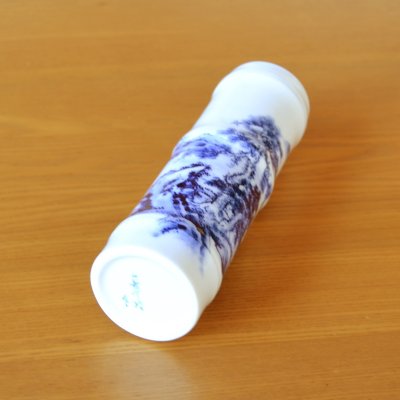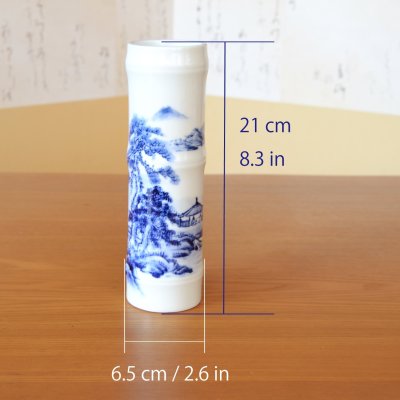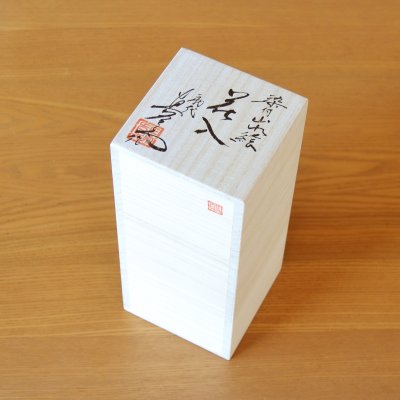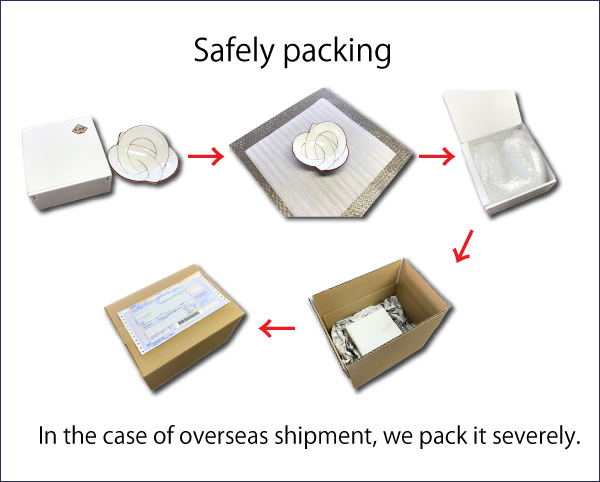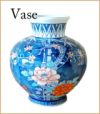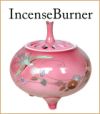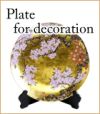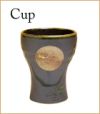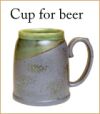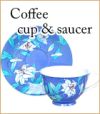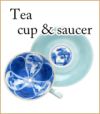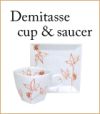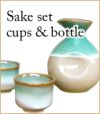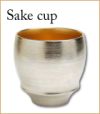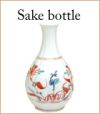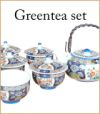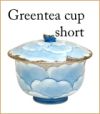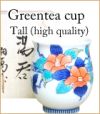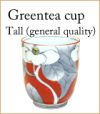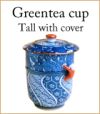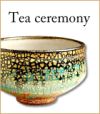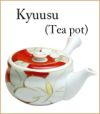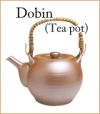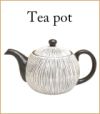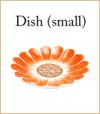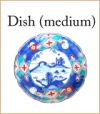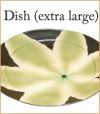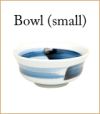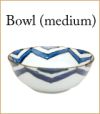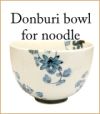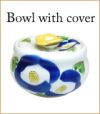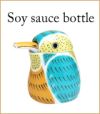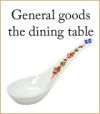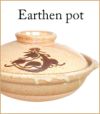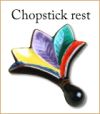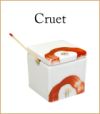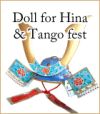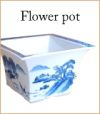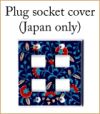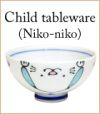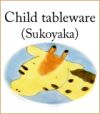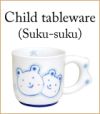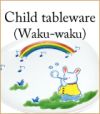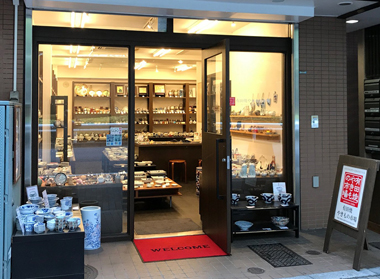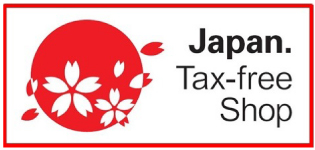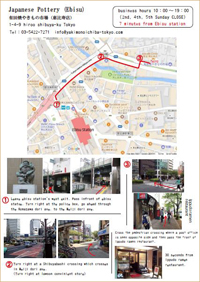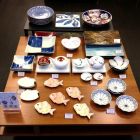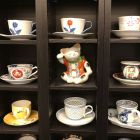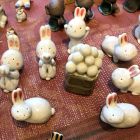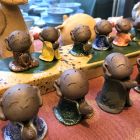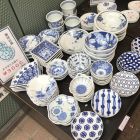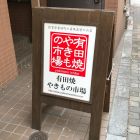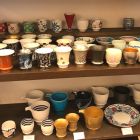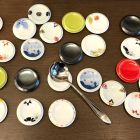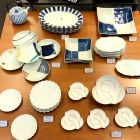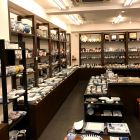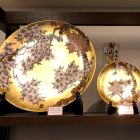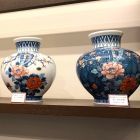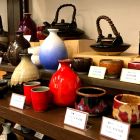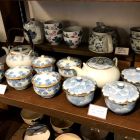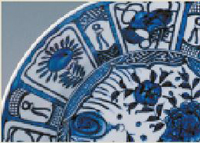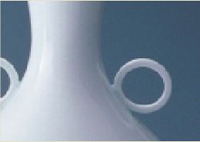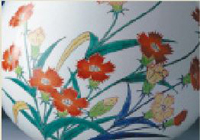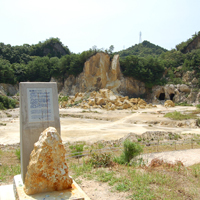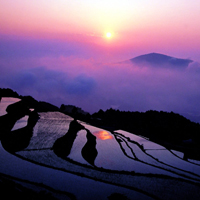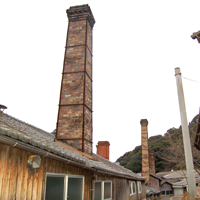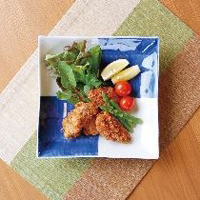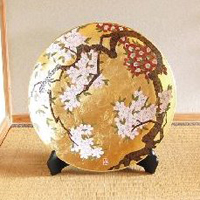Bamboo-Shaped Vase Sometsuke Sansui Landscape | The first-generation head of the Shinemon Kiln [146183]
Bamboo-Shaped Vase Sometsuke Sansui Landscape | The first-generation head of the Shinemon Kiln
[146183]
Price: 110,000JPY
Weight: 2000g
Low stock
[size]
Width: 6.5cm / Height: 21cm
Width: 2.6in / Height: 8.3in
-----------------------
This is a work by the predecessor and first-generation master of Shinemon Kiln, Shinichiro Baba (posthumously Shinemon), one of the representative kilns of Arita ware. It is a vase in the form of a bamboo tube, boldly decorated with a landscape (sansui) scene in sometsuke (blue-and-white underglaze). Crafted with the refined techniques of Arita ware, the vessel captures the natural form of bamboo, embodying quintessential Japanese aesthetics such as tranquility, dignity, and wabi-sabi.
Today, Shinemon Kiln is renowned as a leader in the yohen technique, which requires exceptional skill in manipulating glazes. However, this piece is not yohen but sometsuke. This is because it was created by the founding master himself during his career. Through sometsuke, the fundamental painting technique of Arita ware, we can see how he demonstrated his technical mastery. Since Shinemon Kiln today rarely produces sometsuke works, this vase is a rare and valuable surviving piece.
Its form is unique: a tall, slender vessel modeled after a bamboo tube, ideal for use as an ichirin-zashi (single-flower vase). The elegant bamboo form, rendered through Arita craftsmanship, evokes both serenity and vitality, lending refined presence to a Japanese-style interior. When a single flower is placed inside, vessel and nature merge, creating a harmony enriched by the beauty of empty space.
The painted motif is sansui?landscape scenery featuring mountains, rivers, lakes, trees, and rocks, with little emphasis on human presence. When people or buildings do appear, they are depicted as small within the vastness of nature. Landscape painting was deeply influenced by Chinese Daoism, Confucianism, and Zen Buddhism, all of which emphasize reverence for nature and the pursuit of harmony with it. Sansui reflects these philosophical and spiritual ideals, expressing the human quest for enlightenment through depictions of the natural world. This subject, long considered central in traditional art, appears not only in ceramics like this piece but also in ink paintings and hanging scrolls, making it a classic theme of East Asian aesthetics.
From the perspective of technique, this piece was executed in sometsuke. This involves painting directly onto the bisque-fired body before glazing. The flowing brushstrokes and delicate touch unique to this method vividly capture the refined world of landscape painting. Because the absorbent surface does not allow corrections, every brushstroke must be completed in one decisive motion. Patience, concentration, and compositional strength?all come together in this finished work.
[Potter Profile]
Shinichiro Baba (deceased)
The first-generation head of the Shinemon Kiln
Member of Nitten / Full Member of the Japan Contemporary Arts and Crafts Association / Member of the Saga Prefecture Ceramic Association / Member of the Arita Ceramic Association
[Shinichiro Baba's career is as follows ]
Born in 1924 in Arita, Saga Prefecture
1972: Founded the Shinemon Kiln in Arita.
1979: Selected for the Prefecture Exhibition with "Hexagonal Celadon Bowl."
1981: Selected for the Nitten exhibition with "Oil Spot Tenmoku Large Bowl," subsequently selected 21 times.
1989: Appointed as an art exhibition judge.
2000: Exhibited "Saiun-99" and "Sai-99" at the British Museum in London (Saga Prefecture Ceramic Exhibition).
2004: Exhibited "Saikei" and "Saimon" at the Arita Pottery Exhibition in Germany.
[Main Awards]
1983: Won the First Place Bijutsu Kyokai Prize at the Bijutsu Kyokai Exhibition for "Cinnabar Flower Vase."
1986: Received the Grand Prize and the Contemporary Craft President's Prize at the Contemporary Crafts Kyushu Exhibition.
1996: Awarded the Contemporary Craft Prize at the Contemporary Craft Exhibition for "Akebono no Nagisa."
2000: Received the Full Member Prize at the Contemporary Craft Exhibition for "Rensaku・Sai."
Width: 6.5cm / Height: 21cm
Width: 2.6in / Height: 8.3in
-----------------------
This is a work by the predecessor and first-generation master of Shinemon Kiln, Shinichiro Baba (posthumously Shinemon), one of the representative kilns of Arita ware. It is a vase in the form of a bamboo tube, boldly decorated with a landscape (sansui) scene in sometsuke (blue-and-white underglaze). Crafted with the refined techniques of Arita ware, the vessel captures the natural form of bamboo, embodying quintessential Japanese aesthetics such as tranquility, dignity, and wabi-sabi.
Today, Shinemon Kiln is renowned as a leader in the yohen technique, which requires exceptional skill in manipulating glazes. However, this piece is not yohen but sometsuke. This is because it was created by the founding master himself during his career. Through sometsuke, the fundamental painting technique of Arita ware, we can see how he demonstrated his technical mastery. Since Shinemon Kiln today rarely produces sometsuke works, this vase is a rare and valuable surviving piece.
Its form is unique: a tall, slender vessel modeled after a bamboo tube, ideal for use as an ichirin-zashi (single-flower vase). The elegant bamboo form, rendered through Arita craftsmanship, evokes both serenity and vitality, lending refined presence to a Japanese-style interior. When a single flower is placed inside, vessel and nature merge, creating a harmony enriched by the beauty of empty space.
The painted motif is sansui?landscape scenery featuring mountains, rivers, lakes, trees, and rocks, with little emphasis on human presence. When people or buildings do appear, they are depicted as small within the vastness of nature. Landscape painting was deeply influenced by Chinese Daoism, Confucianism, and Zen Buddhism, all of which emphasize reverence for nature and the pursuit of harmony with it. Sansui reflects these philosophical and spiritual ideals, expressing the human quest for enlightenment through depictions of the natural world. This subject, long considered central in traditional art, appears not only in ceramics like this piece but also in ink paintings and hanging scrolls, making it a classic theme of East Asian aesthetics.
From the perspective of technique, this piece was executed in sometsuke. This involves painting directly onto the bisque-fired body before glazing. The flowing brushstrokes and delicate touch unique to this method vividly capture the refined world of landscape painting. Because the absorbent surface does not allow corrections, every brushstroke must be completed in one decisive motion. Patience, concentration, and compositional strength?all come together in this finished work.
[Potter Profile]
Shinichiro Baba (deceased)
The first-generation head of the Shinemon Kiln
Member of Nitten / Full Member of the Japan Contemporary Arts and Crafts Association / Member of the Saga Prefecture Ceramic Association / Member of the Arita Ceramic Association
[Shinichiro Baba's career is as follows ]
Born in 1924 in Arita, Saga Prefecture
1972: Founded the Shinemon Kiln in Arita.
1979: Selected for the Prefecture Exhibition with "Hexagonal Celadon Bowl."
1981: Selected for the Nitten exhibition with "Oil Spot Tenmoku Large Bowl," subsequently selected 21 times.
1989: Appointed as an art exhibition judge.
2000: Exhibited "Saiun-99" and "Sai-99" at the British Museum in London (Saga Prefecture Ceramic Exhibition).
2004: Exhibited "Saikei" and "Saimon" at the Arita Pottery Exhibition in Germany.
[Main Awards]
1983: Won the First Place Bijutsu Kyokai Prize at the Bijutsu Kyokai Exhibition for "Cinnabar Flower Vase."
1986: Received the Grand Prize and the Contemporary Craft President's Prize at the Contemporary Crafts Kyushu Exhibition.
1996: Awarded the Contemporary Craft Prize at the Contemporary Craft Exhibition for "Akebono no Nagisa."
2000: Received the Full Member Prize at the Contemporary Craft Exhibition for "Rensaku・Sai."
 |
Import duties, taxes, and charges are not included in the item price or shipping cost. When a duty occurs, you are responsible for paying Customs Duties. |
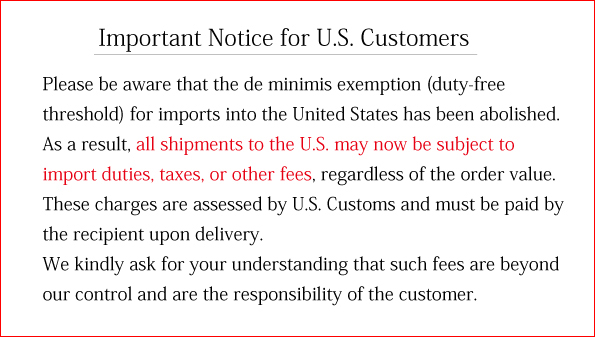 |
 |
Source: www.exchange-rates.org
